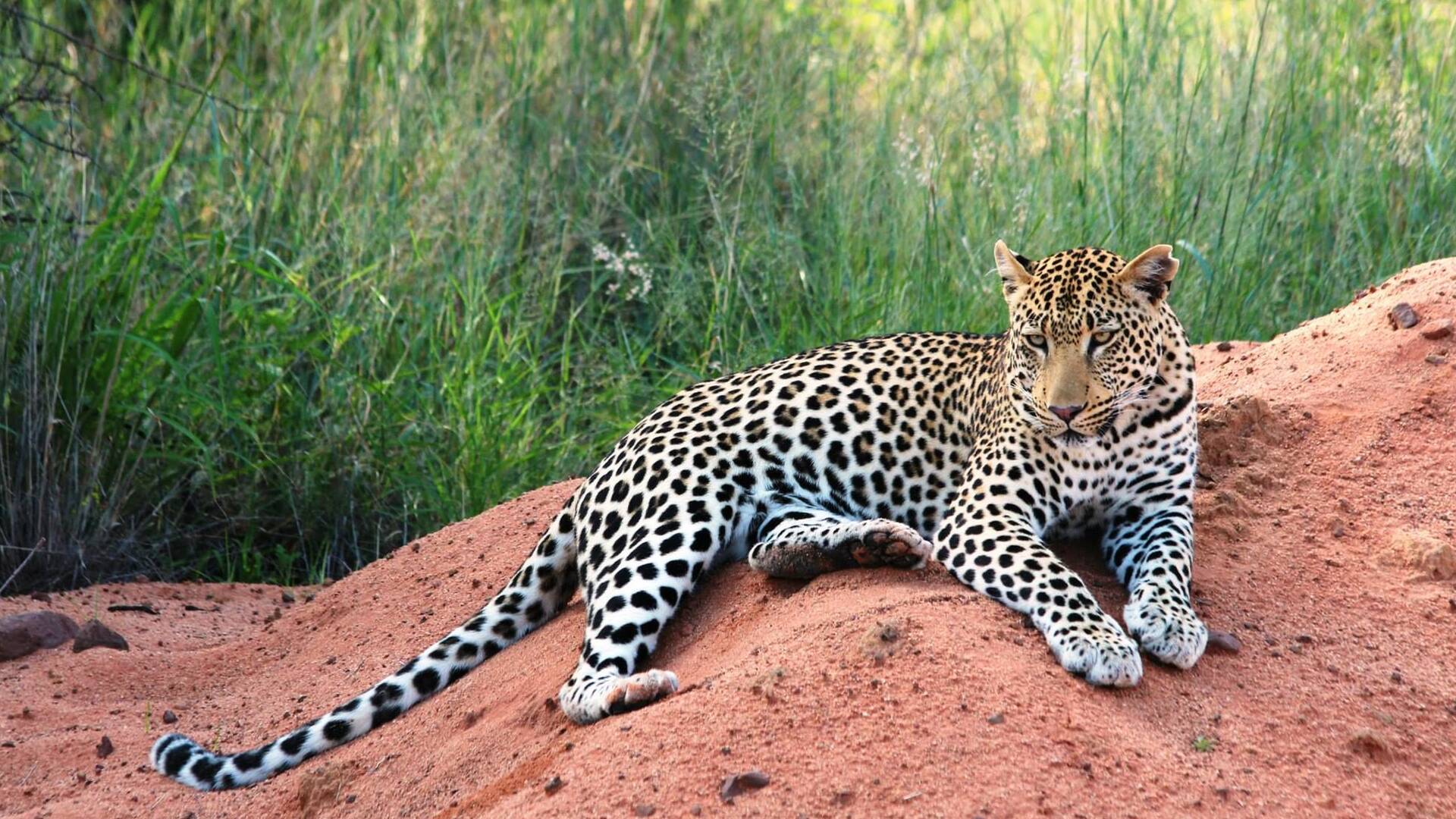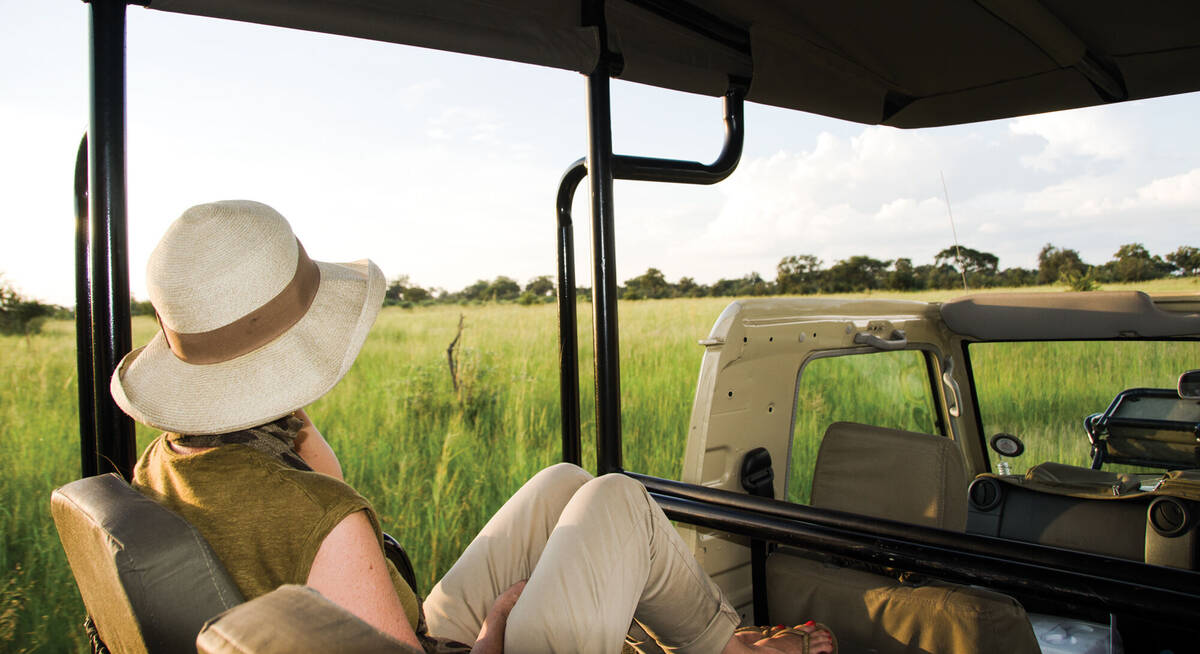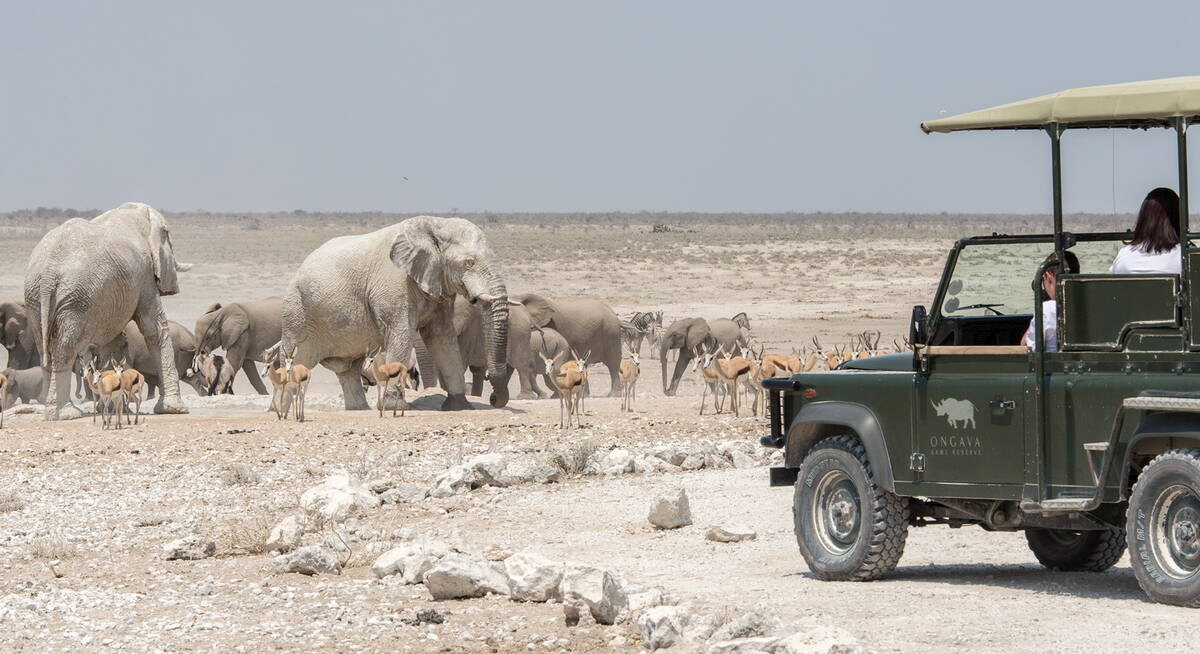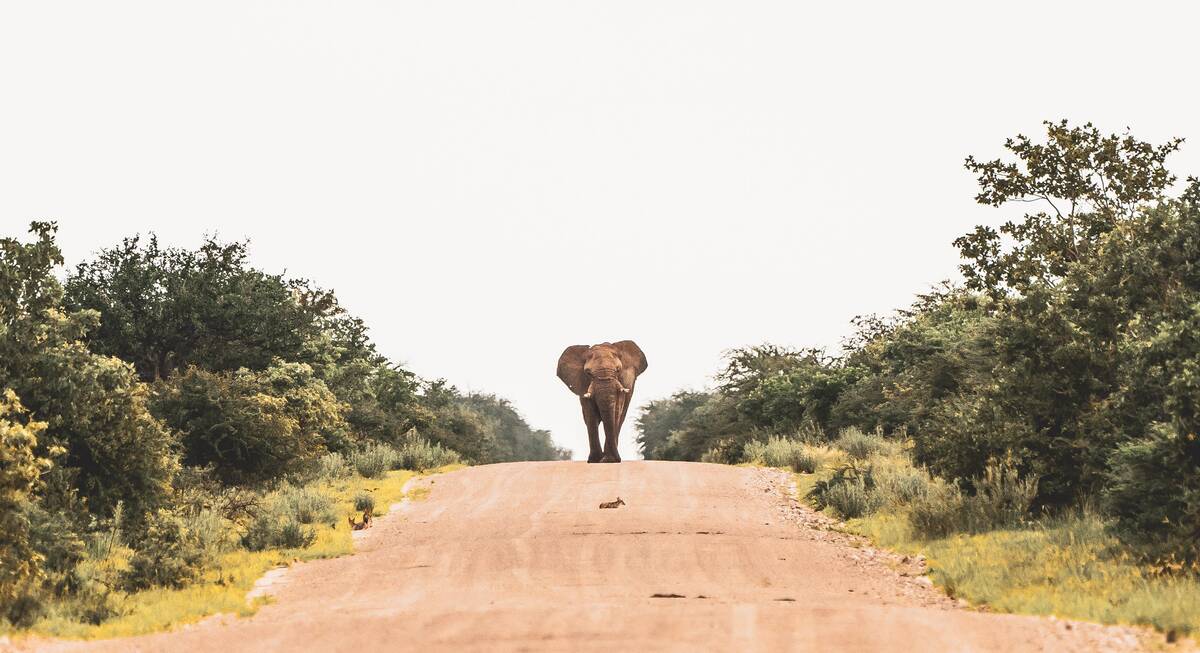Namibia is perfect for those seeking big cats and wild dogs.
Majestic lion are frequently seen in Etosha and the Caprivi Strip...
...whilst secretive leopard have been spotted throughout the country.
Namibia also has the largest cheetah population in the world.
The nocturnal cacaral is common, but rarely seen.
Bat-eared fox...
...and black-backed jackal...
...are just some of Namibias wild dogs.
Cape fox
Vulpes chamaThe Cape fox is an infrequently seen dry-country predator which occurs throughout Namibia, but is absent from the Caprivi Strip. The Cape fox lacks the prominent ears and mask of the bat-eared fox and its coat is a uniform sandy-grey colour. I once had a Cape fox approach me cautiously, after dusk, whilst camping at Bloedkoppie in the northern section of the Namib-Naukluft Park, but have never seen another.
Spotted hyena
Crocuta crocuta Shoulder height 85cm. Weight 70kg.Hyenas are characterised by their bulky build, sloping back, rough brownish coat, powerful jaws and dog-like expression. Contrary to popular myth, spotted hyenas are not exclusively scavengers; they are also adept hunters which hunt in groups and kill animals as large as wildebeests.
The spotted hyena is the largest hyena, identified by its light-brown, blotchily spotted coat. It is found in the wetter areas of northern Namibia, most of the national parks and reserves devoted to game, and occasionally in eastern parts of the Namib Desert. Although mainly nocturnal, spotted hyenas can often be seen around dusk and dawn in protected areas like Etosha. Their distinctive, whooping calls are a spine-chilling sound of the African night.
Brown hyena
Hyaena brunneaThe secretive brown hyena occurs in arid parts of Namibia, and has a shaggy, unmarked dark brown coat – not unlike a large, long-haired German shepherd dog. In contrast to the spotted hyena, brown hyenas tend to scavenge rather than hunt, and are generally solitary whilst doing so. They are the dominant carnivore in the drier areas of the Namib, and are even seen scavenging on the beaches and around seal colonies. Because of this, the local name for them is strandwolf, or beach-wolves.
Aardwolf
Proteles cristatus Shoulder height 45–50cm. Weight 7–11kg.With a tawny brown coat and dark, vertical stripes, this insectivorous hyena is not much bigger than a jackal and occurs in low numbers in most parts of Namibia. It is active mainly at night, gathering harvester termites, its principal food, with its wide, sticky tongue.
Thus open grassland or lightly wooded areas form the typical habitat for aardwolves, which can sometimes be spotted around dusk, dawn, or on very overcast days, especially during the colder months. They seem to be thriving in Namibia's central ranchland, giving you better chances of glimpsing them on many guest farms than anywhere else in Africa.
Our top picks for holidays to Namibia
We'll always tailor-make your Town for you. Here are some of our favourites to inspire you.

Looking for inspiration on where to travel next?
Visit our trip chooser to explore your options and find inspiration for your perfect African adventure
Inspire me




















